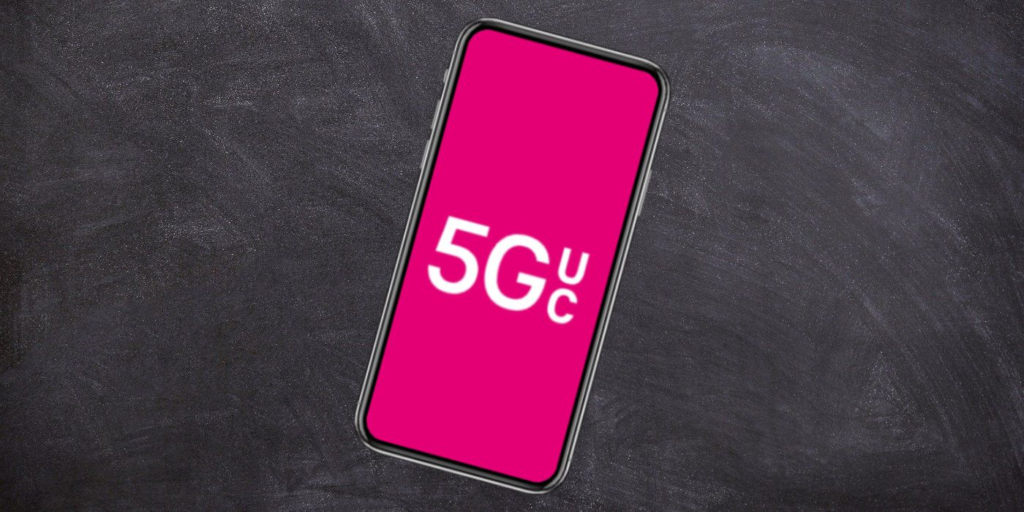In today’s fast-paced world, connectivity is a must-have, and the arrival of 5G has brought with it a wave of excitement. 5G UC, or 5G Ultra-Reliable Low Latency Communications, is the latest addition to this new network technology, and it promises to revolutionize the way we communicate.
Table of Contents
What is 5G UC?

5G UC is a new network architecture that is designed to provide ultra-reliable, low-latency communication. It is intended to meet the demands of a wide range of industries, including healthcare, transportation, and manufacturing. 5G Ultra-Reliable Low Latency Communications can deliver the speed and reliability that is needed for real-time applications, such as remote surgery, self-driving cars, and industrial automation.
Advantages of 5G UC
One of the main advantages of 5G UC is its low latency. This means that there is very little delay between when data is sent and when it is received, making it ideal for real-time applications. Another advantage is its high reliability, which means that it is less likely to experience dropped calls or data loss. 5G Ultra-Reliable Low Latency Communications can also support a large number of devices, making it ideal for the Internet of Things (IoT) and other applications that require a large number of connected devices.
How 5G Ultra-Reliable Low Latency Communications Works
5G UC is built on a network architecture that is designed to provide ultra-reliable, low-latency communication. The network is divided into three main components: the radio access network (RAN), the core network, and the edge cloud. The RAN is responsible for connecting user devices to the network, while the core network is responsible for managing the network and handling data traffic. The edge cloud is responsible for providing computing resources close to the user devices, reducing latency and improving performance.
Applications of 5G Ultra-Reliable Low Latency Communications

5G UC has a wide range of applications, including healthcare, transportation, and manufacturing. In healthcare, 5G Ultra-Reliable Low Latency Communications can be used for remote surgery, telemedicine, and remote patient monitoring. In transportation, 5G Ultra-Reliable Low Latency Communications can be used for self-driving cars, vehicle-to-vehicle communication, and traffic management. In manufacturing, 5G Ultra-Reliable Low Latency Communications can be used for industrial automation, predictive maintenance, and real-time monitoring.
Challenges of 5G UC

While 5G Ultra-Reliable Low Latency Communications offers many benefits, there are also challenges that need to be addressed. One of the main challenges is the need for new infrastructure, such as small cells and edge computing resources. Another challenge is the need for security, as 5G Ultra-Reliable Low Latency Communications networks will be more vulnerable to attacks than previous networks. Additionally, there are concerns about the potential health effects of 5G radiation, although research in this area is ongoing.
Conclusion
5G UC is the future of mobile connectivity, offering ultra-reliable, low-latency communication that is ideal for a wide range of applications. While there are challenges that need to be addressed, the potential benefits of 5G Ultra-Reliable Low Latency Communications are significant, and it promises to revolutionize the way we communicate. As more and more devices become connected to the network, we can expect to see a wide range of innovative applications that will transform our world in ways we cannot yet imagine. Learn about IoT Applications in Real Life if you are interested in Technology.












